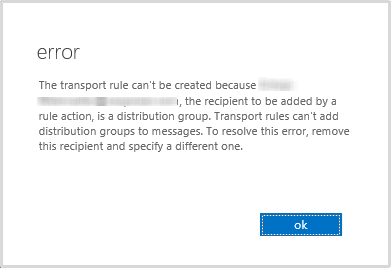Using PowerShell to remove users from an Exchange Online in-place hold policy
Originally blogged @ Lucian.Blog. Follow Lucian on Twitter @lucianfrango.
In-place hold, legal hold, compliance hold, journaling and/or select “D”: all of the above, when it’s simplified down to its simplest form is storing emails for X amount of time in case there’s a problem and these need to be reviewed. What’s great about Office 365 Exchange Online is that there is the ability to store those emails in the cloud for 2,555 days (or roughly speaking 7 years).
Let’s fast forward to having in-place hold enabled for an Exchange Online tenant. In my reference case I have roughly 10,500 users in the tenant and numerous in-place hold policies, with the largest containing 7,500 or so users. I’ve run into a small problem with this Hybrid based environment whereby I need to move a mailbox that is covered by an in-place hold policy (let’s call it “Lucians Mailbox Search Policy”) back to on-premises for a couple of reasons.
The following blog post outlines how to remove users from an in-place hold via PowerShell as the Office 365 / Exchange Online Control Panel may not let you do that when you have thousands of users in a single hold policy.
Read More

